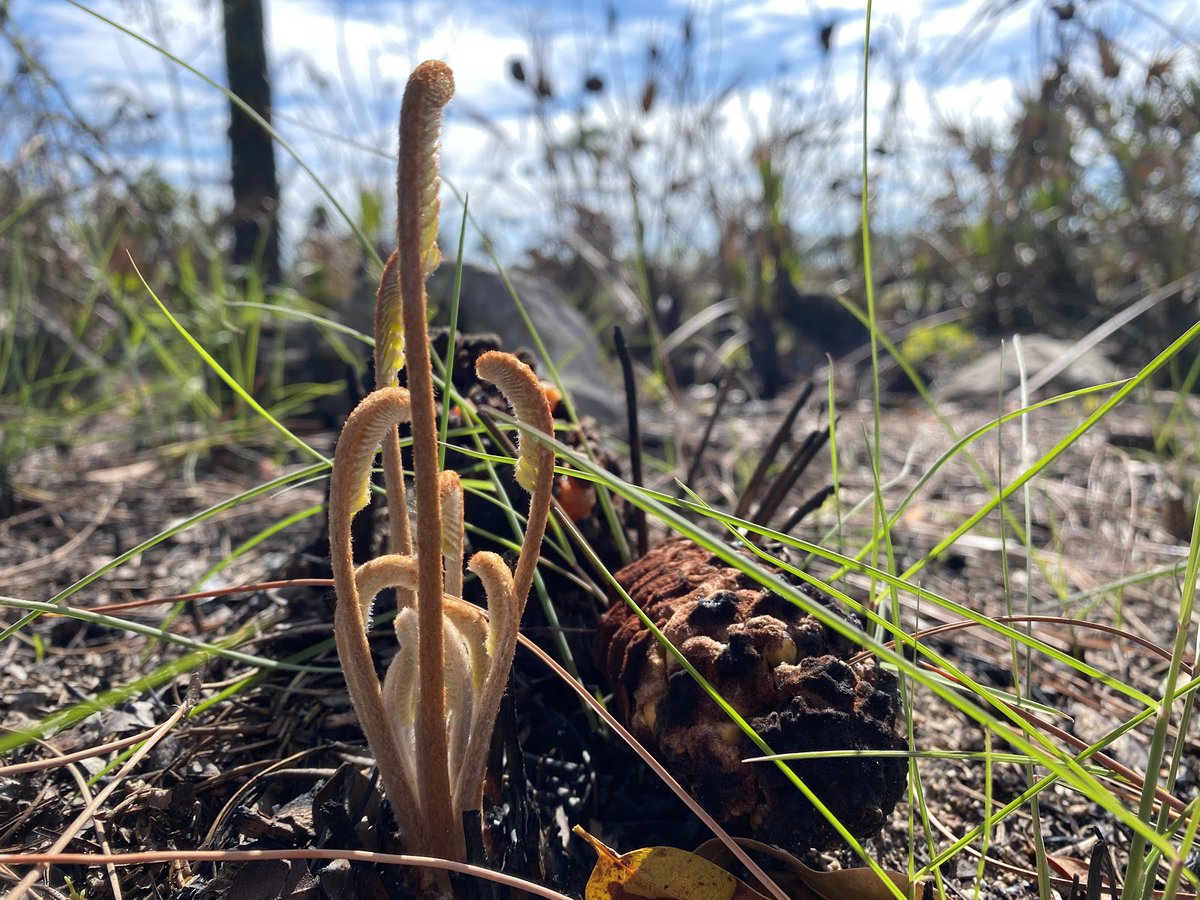
May your 2021 be filled with hopeful new beginnings, just like this coontie plant regrowing after a prescribed fire in the park last year!
Coonties, or Zamia integrifolia, are small shrubs.
NPS Photo by Yvette Cano
Coonties, or Zamia integrifolia, are small shrubs.
NPS Photo by Yvette Cano

This plant has underground stems and leaves that grow to about eighteen to twenty-four inches tall. It is native to much of Florida, and its range also includes the Bahamas and the Caribbean, with a limited amount found in Georgia, too.
Here’s why we think the coontie is an excellent role-model for 2021:
It's grounded -- as a cycad, it is part of an ancient group that evolved in the Carboniferous or early Permian, about 280 million years ago. This means it's been around since before the time of the dinosaurs!
It's grounded -- as a cycad, it is part of an ancient group that evolved in the Carboniferous or early Permian, about 280 million years ago. This means it's been around since before the time of the dinosaurs!
It has persevered -- it was once harvested for the root which was crushed to make a starchy food, which affected its population size and numbers. It is also at risk due to habitat loss.
It’s born from chaos -- coonties thrive in dry, upland areas where wildfires are common.
It gives life to others -- several animals rely on it for food. Check back tomorrow to learn about one animal whose survival is completely linked with the coontie.
It gives life to others -- several animals rely on it for food. Check back tomorrow to learn about one animal whose survival is completely linked with the coontie.
• • •
Missing some Tweet in this thread? You can try to
force a refresh



